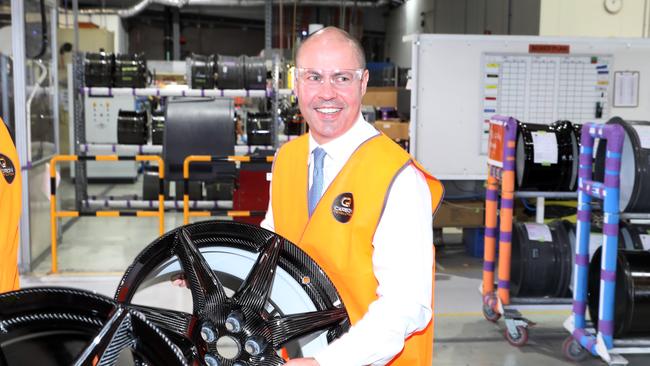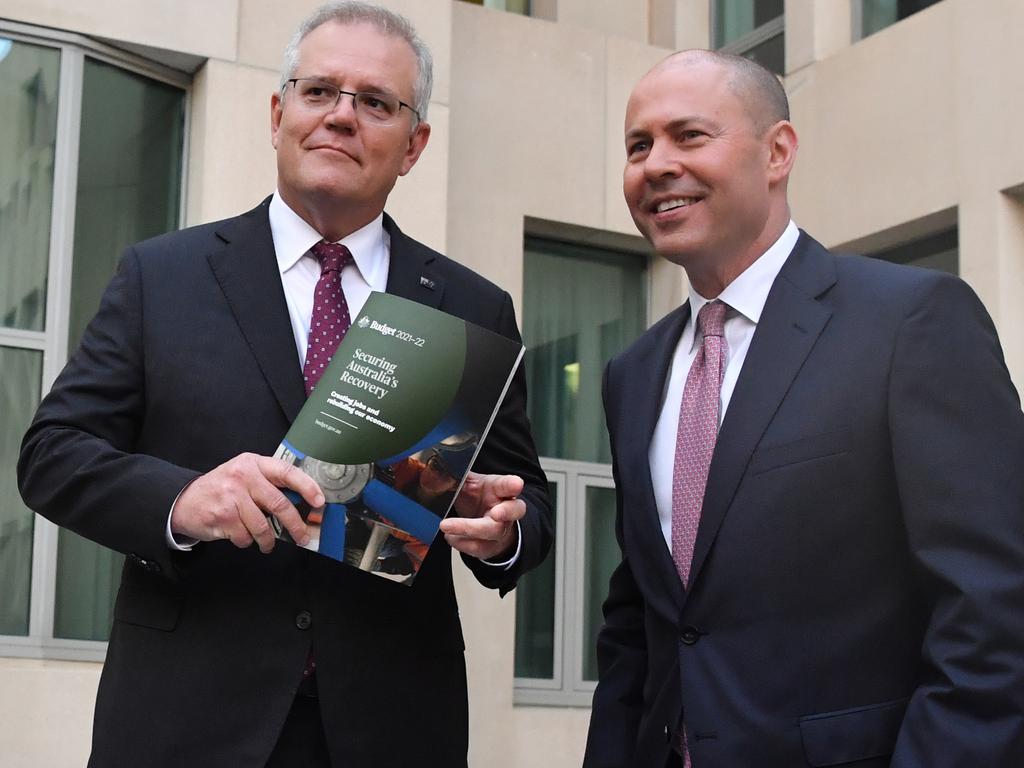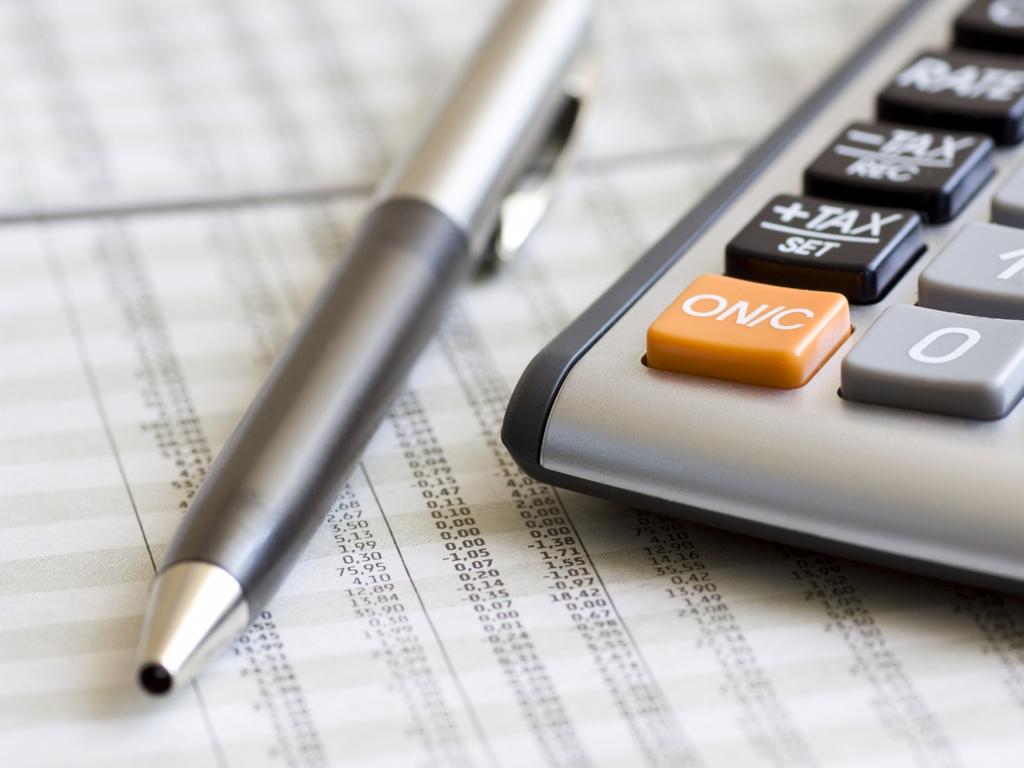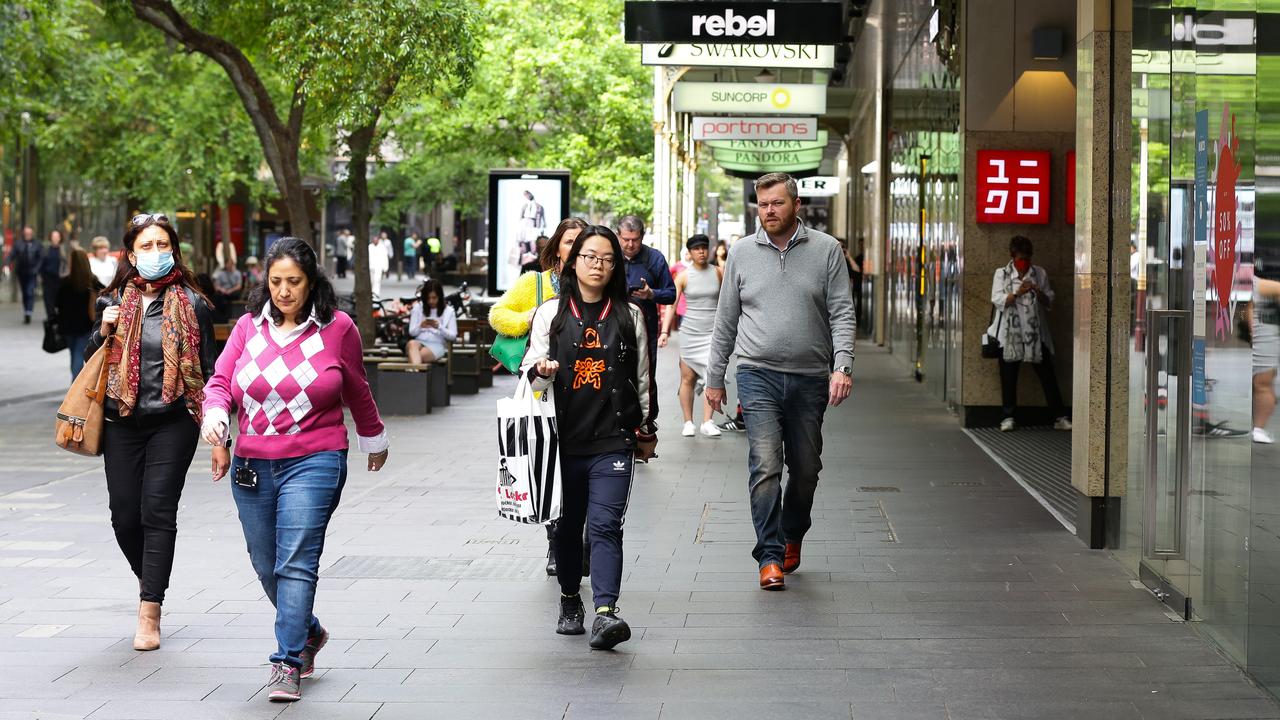Budget 2021: What’s on horizon for the ship of state
Here’s what you need to know to see how well Canberra is steering the ship and what Treasury experts are forecasting for the years ahead.

Economic management has been transformed by COVID-19. For years, the Reserve Bank used monetary policy to smooth out the bumps in the business cycle.
When the economy was weak, the bank would reduce official interest rates to get people and companies to spend; in times of trouble, when inflation was too high and supply couldn’t keep up with demand, the RBA would raise the cash rate to cool things.
Budgets were focused on a few years down the track, with governments trying to ensure that over time what they spent was equal to what they collected in revenue. If Canberra needed to retire debt, it sold assets or secured surplus funds to reduce the principal owed.
With the cash rate at near-zero, the only tool is fiscal policy, or taxing and spending. “For the foreseeable future, budget policy has to be more agile because the RBA lost most of its ability to provide short-term steering for the ship of state,” says economist Chris Richardson. “That means a greater willingness to use the budget to help juggle the ordinary ups and downs of the economy.”
Here’s what you need to know to see how well Canberra is steering the ship and what Treasury experts are forecasting for the years ahead.
Going for growth
Gross Domestic Product is the sum of the goods and services we produce in a given period, usually a quarter or year.
The pandemic-induced shutdowns saw GDP fall by 7 per cent in the three months to last June. That’s huge. Treasury forecasts a robust 4.25 per cent “year-average” real growth (the after-inflation change from total GDP in 2021-22 over 2020-21). The aim is to raise the dollar value or “nominal” GDP so that what we owe on debt is a lower proportion of our income, which is another way of expressing GDP.
Dodging bullets on unemployment
Limiting the damage to the labour market is the success story of the crisis. It is now the government’s main policy focus. Treasury has revised down its overly gloomy view and thinks the unemployment rate, the percentage of the workforce looking for a job, will fall from a pandemic high of 7.5 per cent to 5 per cent in mid-2022.
Spending splurge
Right now, spending is the larger side of the ledger. To deal with the crisis, government payments on welfare, health, defence and education rose to 32.1 per cent of the entire economy.
Some big items, like the $89bn JobKeeper payment, were temporary, so spending is set to fall to 27.6 per cent of GDP next year, which is a level not seen since the recession of the 1980s.
It’s raining revenue, hallelujah!
Taxes collected on workers, companies and goods make up the lion’s share of revenue. As the economy roars back to life, so too is revenue.
More people in work means more personal income tax. Our largest banks and miners are seeing a spectacular rise in profits. The revenue windfall is around $100bn over the four-year budget period, which the government is funnelling back into the economy via social spending and tax cuts.
Sagging bottom line
The difference between spending and revenue is the “underlying cash balance”. When the first exceeds the second, we run a deficit; when it’s the reverse, we have a surplus.
Next year the bottom line will be a deficit of $106.6bn, or 5 per cent of GDP. That’s big, but not as bad as this year’s likely outcome of $161bn in the red. It has to be borrowed. Fixing the budget has to wait until the recovery is locked in.
No regrets on debt
Over time, those flow of deficits add to our debt. Gross debt will soon hit $1.2 trillion, or 50 per cent of GDP, a big rise on the 30 per cent level we had pre-crisis. Accounting for government assets, “net debt” is expected to peak in four years at $981bn, or 40.9 per cent of GDP. Experts believe the interest costs, for now, are manageable.
Business investment needs a lift
Before the crisis, business investment was weak. Off a low base, a 10 per cent recovery looks OK, but our capital stock is ageing and not as deep as we need it to be to generate higher output. Tax breaks will help a little, but profits and confidence need a more solid base.
Going global
The pandemic hit the stuffing out of the global trading system, which we rely on to sell our exports. So far, difficulties with China have not hurt our export mainstay, iron ore, which is selling at record prices, but education and tourism have suffered. With borders closed, Australians are holidaying at home and that helps our trade balance.







